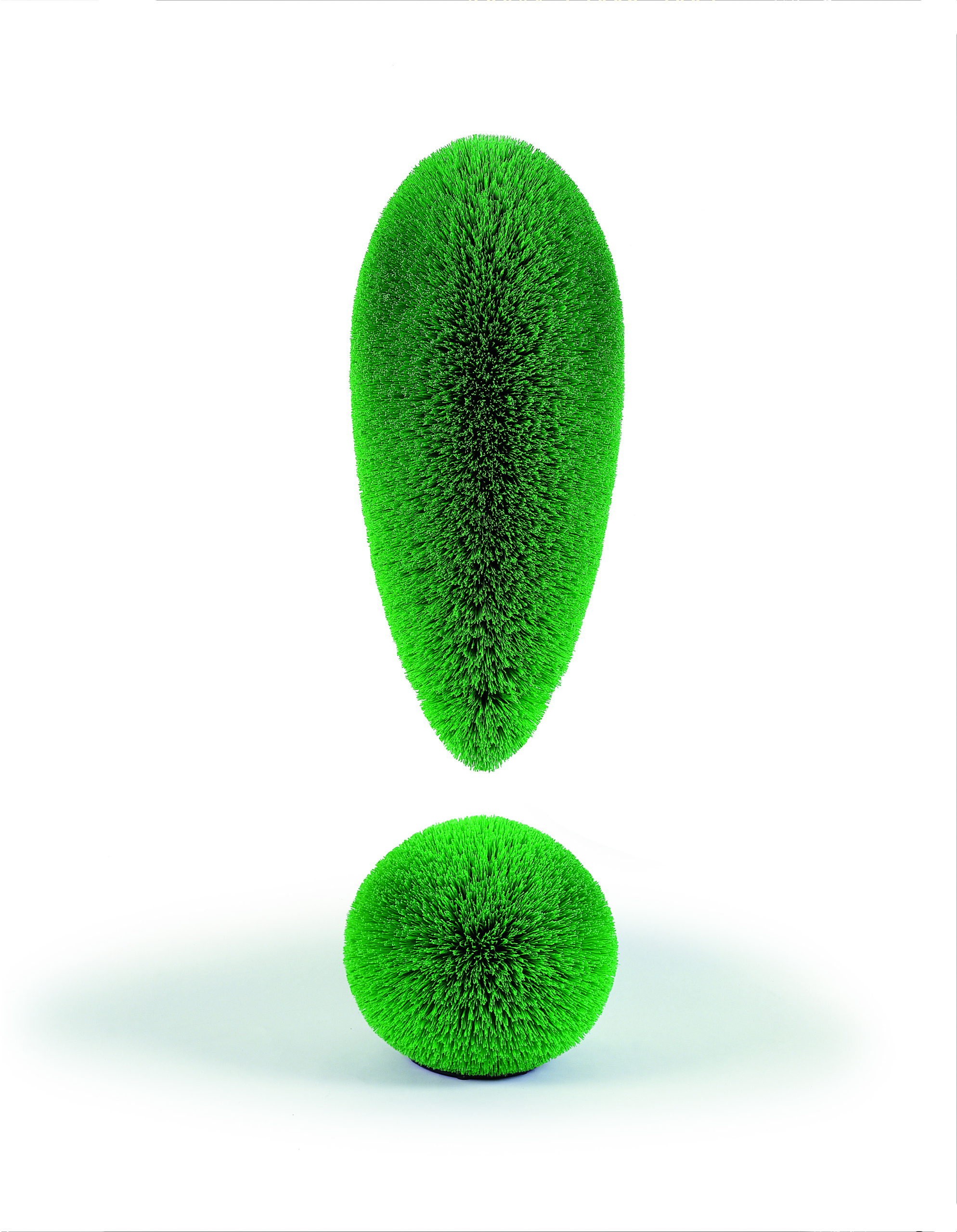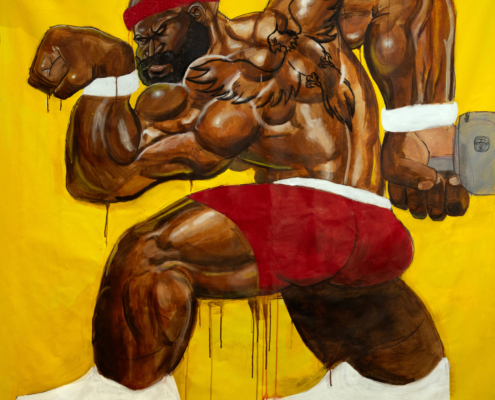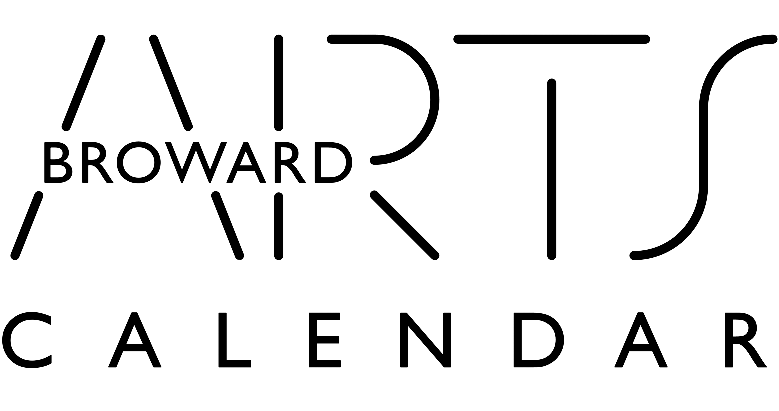Pop and Beyond!
Selections from the Frederick R. Weisman Art Foundation
November 16, 2025, through April 19, 2026
This exhibition explores the evolution of the Pop art aesthetic from the perspective of the late prominent Los Angeles art collector Frederick R. Weisman and its further development through the art acquisitions of the Frederick R. Weisman Art Foundation under Director and President Billie Milam Weisman.
When the Pop art movement first emerged in the mid-1950s, artists sought to challenge traditional conceptions of artmaking by incorporating consumer culture and everyday objects into their work. They drew imagery from mass media, comic books, and popular culture to create visual expressions that reflected society’s growing infatuation with mass consumption. Pop artists and their successors abandoned the conventions of high art in favor of imagery rooted in commercial graphics, including hard edges and distinct forms, as well as what was considered “low” subject matter, embracing the commonplace and mundane.
In relation, newspapers, billboards, and other language-based media, particularly typographic elements and color palettes reminiscent of comic books or advertisements, have become integral to many of these works. Pop art allowed artists the opportunity to branch out into different subject matters and even mediums, giving them the freedom to move away from art that focused on personal feelings. In doing so, artists placed a newfound emphasis on creating works featuring elements already familiar to society, marking one of the earliest manifestations of postmodernism.
POP and Beyond! compliments NSU Art Museum’s exhibition, Robert Rauschenberg: Real Time (presented November 16 to April 5, 2026 as part of the artist’s global Centennial Celebration), by highlighting a range of techniques and materials Rauschenberg explored during his mid-career in the 1970s and 1980s. These include his experimentation with found objects, silk-screening, lithography, and collaging, as well as his use of imagery drawn from newspapers, advertising, and popular culture (often addressing societal issues) that pushed beyond the traditional boundaries of Pop art.













